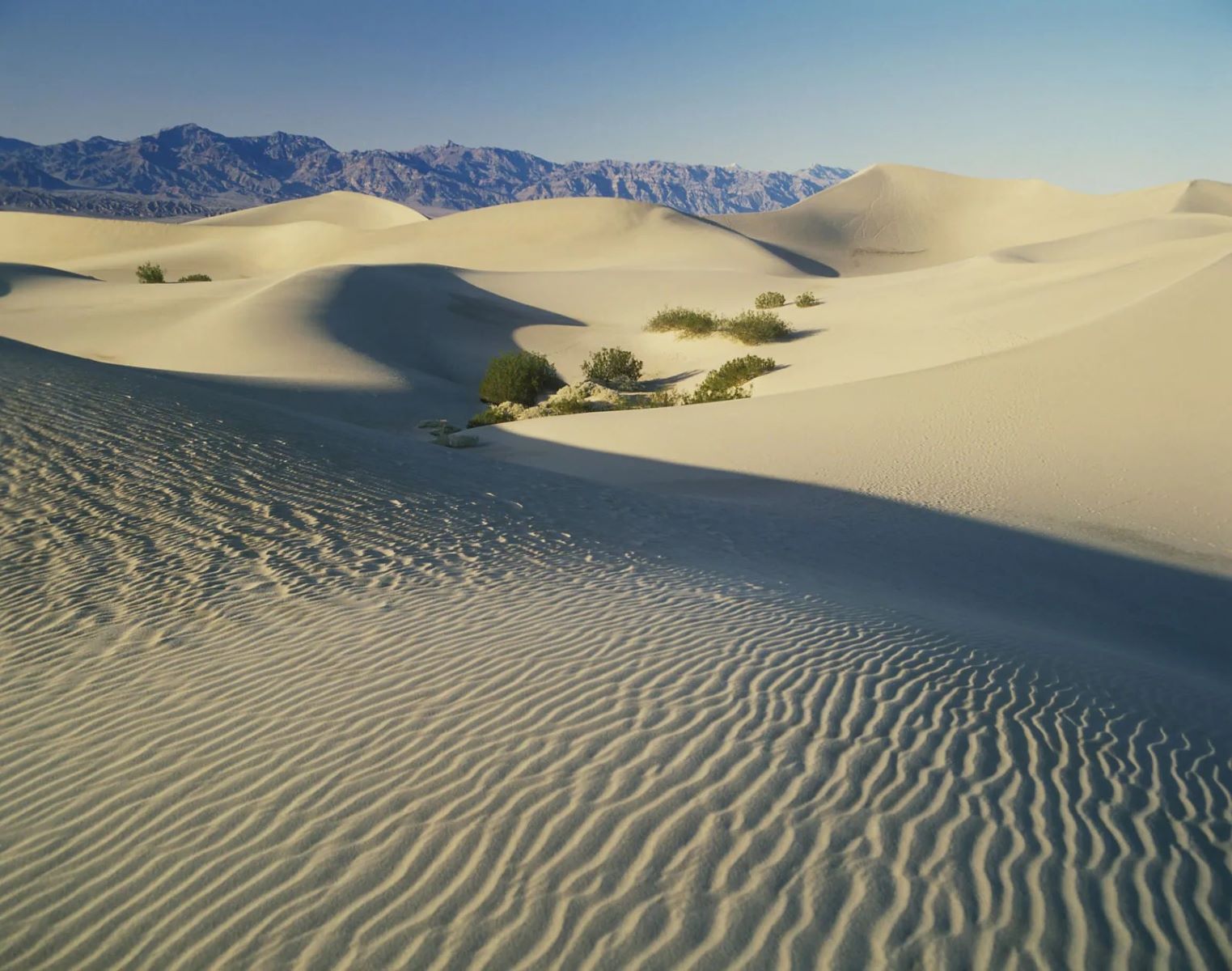Mystery Of The Singing Dunes In The Great Basin Desert

Have you ever heard of the Singing Dunes in the Great Basin Desert? These dunes produce a haunting, melodic sound when the sand grains slide down their slopes. This natural phenomenon has puzzled scientists and travelers alike for years. The sound can range from a low hum to a loud roar, depending on the size and speed of the sand movement. Imagine standing in the middle of a vast desert, surrounded by towering dunes, and hearing what seems like an orchestra playing from the sands themselves. Intrigued? Let’s dive into the mystery behind these musical sands and what makes them sing.
The Enigmatic Great Basin Desert
The Great Basin Desert, a vast expanse of arid land, holds many secrets. Among its mysteries, the Singing Dunes stand out as a natural wonder. These dunes produce a haunting melody, captivating those who venture near. Let's explore some of the best spots to experience this phenomenon.
Where to Find the Singing Dunes
Several locations within the Great Basin Desert offer the chance to hear the dunes sing. Each spot provides a unique experience, making the journey worthwhile.
- Eureka Dunes
Eureka Dunes, located in Death Valley National Park, are among the tallest in North America. These dunes can reach heights of 680 feet. When conditions are right, the sand produces a deep, resonant hum. The sound can last for several minutes, creating an eerie yet mesmerizing experience.
- Sand Mountain
Sand Mountain, near Fallon, Nevada, is another prime location. This dune stands about 600 feet tall and stretches for nearly two miles. The singing here is often described as a booming or drumming sound. Visitors can hike to the top for a panoramic view and a chance to hear the dunes' song.
- Kelso Dunes
Kelso Dunes, situated in the Mojave National Preserve, cover an area of 45 square miles. These dunes are known for their "booming" sound, which can be heard when the sand slides down the slopes. The best time to visit is during the cooler months, as the heat can be intense.
- Ibex Dunes
Ibex Dunes, located in a remote part of Death Valley, offer a more secluded experience. These dunes are smaller but still produce the characteristic singing sound. The isolation adds to the mystique, making it a perfect spot for those seeking solitude.
- Big Dune
Big Dune, near Beatty, Nevada, is a hidden gem. This dune complex is less visited, providing a quieter experience. The singing here is softer but still enchanting. It's an excellent spot for those who prefer a less crowded adventure.
Best Time to Visit the Singing Dunes
Timing is crucial for experiencing the singing dunes. The phenomenon is more likely to occur under specific conditions. Understanding when to visit can enhance your chances of hearing the dunes' melody.
- Early Morning or Late Afternoon
The temperature difference between day and night can affect the sand's movement. Early morning or late afternoon visits often provide the best conditions for hearing the dunes sing. The cooler temperatures also make the hike more comfortable.
- After Rainfall
Rain can compact the sand, making it more likely to produce sound when it dries. Visiting after a rare desert rainfall increases the chances of experiencing the singing dunes. The rain also reduces dust, providing clearer views.
- During Cooler Months
The desert heat can be extreme, especially in summer. Visiting during the cooler months, from October to April, not only makes the trip more pleasant but also increases the likelihood of hearing the dunes. The sand is less likely to be too hot to move, which is essential for the singing effect.
Tips for Visiting the Singing Dunes
A few tips can make your visit to the singing dunes more enjoyable and safe. Preparation is key to a successful adventure in the Great Basin Desert.
- Bring Plenty of Water
The desert environment can be harsh and dehydrating. Carrying enough water is essential to stay hydrated, especially if you plan to hike the dunes. A good rule of thumb is to bring at least one gallon per person per day.
- Wear Appropriate Clothing
Light, breathable clothing helps keep you cool, while a hat and sunglasses protect against the sun. Sturdy shoes are necessary for hiking on the sand, which can be challenging terrain.
- Check Weather Conditions
Before heading out, check the weather forecast. Avoid visiting during extreme heat or sandstorms. Knowing the conditions helps you plan a safer and more enjoyable trip.
- Respect the Environment
The Great Basin Desert is a fragile ecosystem. Stay on designated trails and avoid disturbing the wildlife. Pack out all trash to keep the area pristine for future visitors.
- Bring a Camera
Capturing the beauty of the singing dunes is a must. A camera helps preserve the memories of this unique experience. The shifting sands and changing light provide endless photo opportunities.
The Enigma of the Singing Dunes
The Singing Dunes in the Great Basin Desert remain one of nature's most fascinating mysteries. These dunes produce a haunting, musical sound when the sand grains slide down their slopes. Scientists believe this phenomenon is due to the unique size and shape of the sand grains, along with the dry conditions of the desert. While the exact cause is still debated, experiencing the dunes firsthand is unforgettable. Whether you're a scientist, a traveler, or just curious, visiting these dunes offers a rare glimpse into one of nature's wonders. The Great Basin Desert, with its vast landscapes and unique features, is a treasure trove of natural beauty and mystery. So next time you're planning an adventure, consider the singing dunes. They might just serenade you with their ancient, sandy song.

